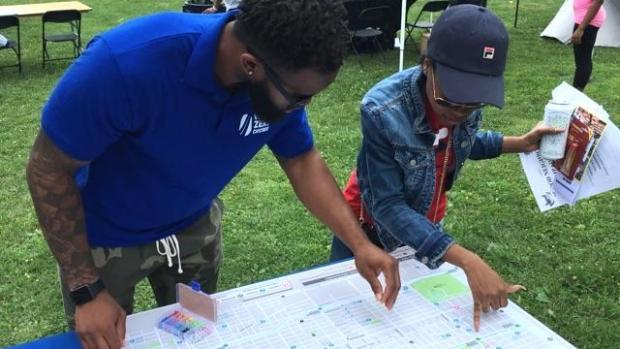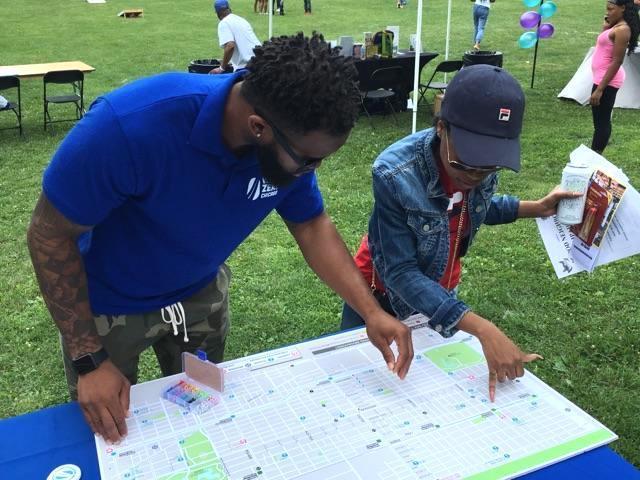
I am cautiously optimistic about Mayor Lori Lightfoot’s goal to eradicate poverty in Chicago. When I heard about this initiative, I immediately thought of the high cost of car ownership and the potential for individuals and families to save money by switching from driving to transit, walking, biking. (Of course increasing the income of residents is crucial as well, so I’m glad the city will be raising the minimum wage for thousands of workers.) I hope Mayor Lightfoot and her team have considered how our city’s transportation network and land use policies can be utilized to increase opportunity and lower the costs (both in terms of money and time) of getting around the Chicagoland area.
Since the 1980s, peer reviewed studies by the Center for Neighborhood Technology and the Natural Resources Defense Council have found that “location-efficient neighborhoods” — defined as dense, vibrant, and walkable — can help decrease transportation costs for families. I would add bike-friendly to that definition. According to Scott Bernstein and Peter Haas of CNT, “Our research has repeatedly tested how access to pedestrian facilities, transit, and other shared-mobility services, plus proximity to jobs and shopping, can drive transportation costs down by reducing car ownership and use.” Chicago should pursue the following goals that will make our transportation system and land-use policies more equitable. This is by no means a comprehensive list.
- Reduce barriers to creating more designated Pedestrian Streets on the South and West sides and work with residents to create hyperlocal centers for groceries, dining, education, recreation, health services, etc.
- Increase equitably distributed, affordable transit-oriented development
- Provide reduced-fare or free transit for low-income Chicagoans
- Build more bus lanes, fairly enforce them, add other time-saving features, and increase bus service hours and frequency
- Create a city-run electric car-share program to ensure that there’s an affordable, low-emissions car-share option
- Do culturally relevant education and outreach to encourage transportation cycling
- Follow through on the mayor’s promise to earmark $20 million a year for bike/walk safety infrastructure, focused in high-crash areas and underserved communities
- Create a task force to bring stakeholders together to find solutions to help out the thousands of Chicagoans who have lengthy, taxing, and expensive reverse commutes to the suburbs
- Fund a voucher system for the purchase of electric bikes, including cargo cycles, through a tax on SUVs, which are more likely to cause serious and fatal injuries to cyclists and pedestrians than regular-sized cars, and are fuel-inefficient. The vouchers would be available to individuals and families below a certain income level.
As more people gain access to quality transit that works for them and have the option of safely walking or riding a bike for transportation, their funds that would have previously been spent on driving could instead be used to stimulate our local and national economy and/or beef up a savings account. Considering that millions of Americans are $400 away from financial hardship, we can do more to eliminate the worry that car-related expenses will cause a financial crisis for residents, and help ensure that a car is unnecessary to access employment, education, food, medical care, and social connections.







